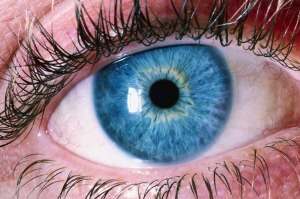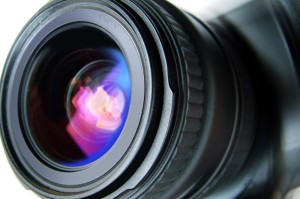(Third in a Series of Six Articles)
 Most commonly today when people take photos of friends or family, the photos will be stored in a format called JPEG. This simply means that their camera has a math program in a computer chip where certain pieces of photo information are saved; color saturation may be enhanced while other data from the original photo are tossed out and forever lost. Inherent in this process is a lower quality image that is not suitable for the highest quality photos required by professionals. This math program will apply saturation to the colors automatically and will try to get whites to look white to the viewer along with many more adjustments, or manipulations. The advantage is the resulting photos are fine for displaying on the internet and also small enough for convenient storage.
Most commonly today when people take photos of friends or family, the photos will be stored in a format called JPEG. This simply means that their camera has a math program in a computer chip where certain pieces of photo information are saved; color saturation may be enhanced while other data from the original photo are tossed out and forever lost. Inherent in this process is a lower quality image that is not suitable for the highest quality photos required by professionals. This math program will apply saturation to the colors automatically and will try to get whites to look white to the viewer along with many more adjustments, or manipulations. The advantage is the resulting photos are fine for displaying on the internet and also small enough for convenient storage.
RAW image files have come to the rescue of the serious photographer who wants to take the highest quality images possible. With a RAW file, the substantial amounts of data lost in the JPEG files are instead retained and remain unaltered. The result is a dull image compared to a JPEG enhanced program. Each camera manufacturer has its own proprietary format. Nikon uses a different RAW format than Canon. The primary difference with the RAW photo is data is not manipulated or altered by some predetermined math program trying to create a final image. A RAW file is an unprocessed file and is not capable of being printed without alterations through computer software.
Continue reading →

 Part of the RAW file processing can be to get the image to look more like what was viewed at the time the shutter was clicked. The human eye is much more sensitive to light than the typical high end cameras of today. We can all look at our feet under our dark desks and see some detail in the shoes then immediately look up at the bright overhead lights and see some detail next to the light bulbs. No camera can capture this same range of light in a single photo.
Part of the RAW file processing can be to get the image to look more like what was viewed at the time the shutter was clicked. The human eye is much more sensitive to light than the typical high end cameras of today. We can all look at our feet under our dark desks and see some detail in the shoes then immediately look up at the bright overhead lights and see some detail next to the light bulbs. No camera can capture this same range of light in a single photo.

